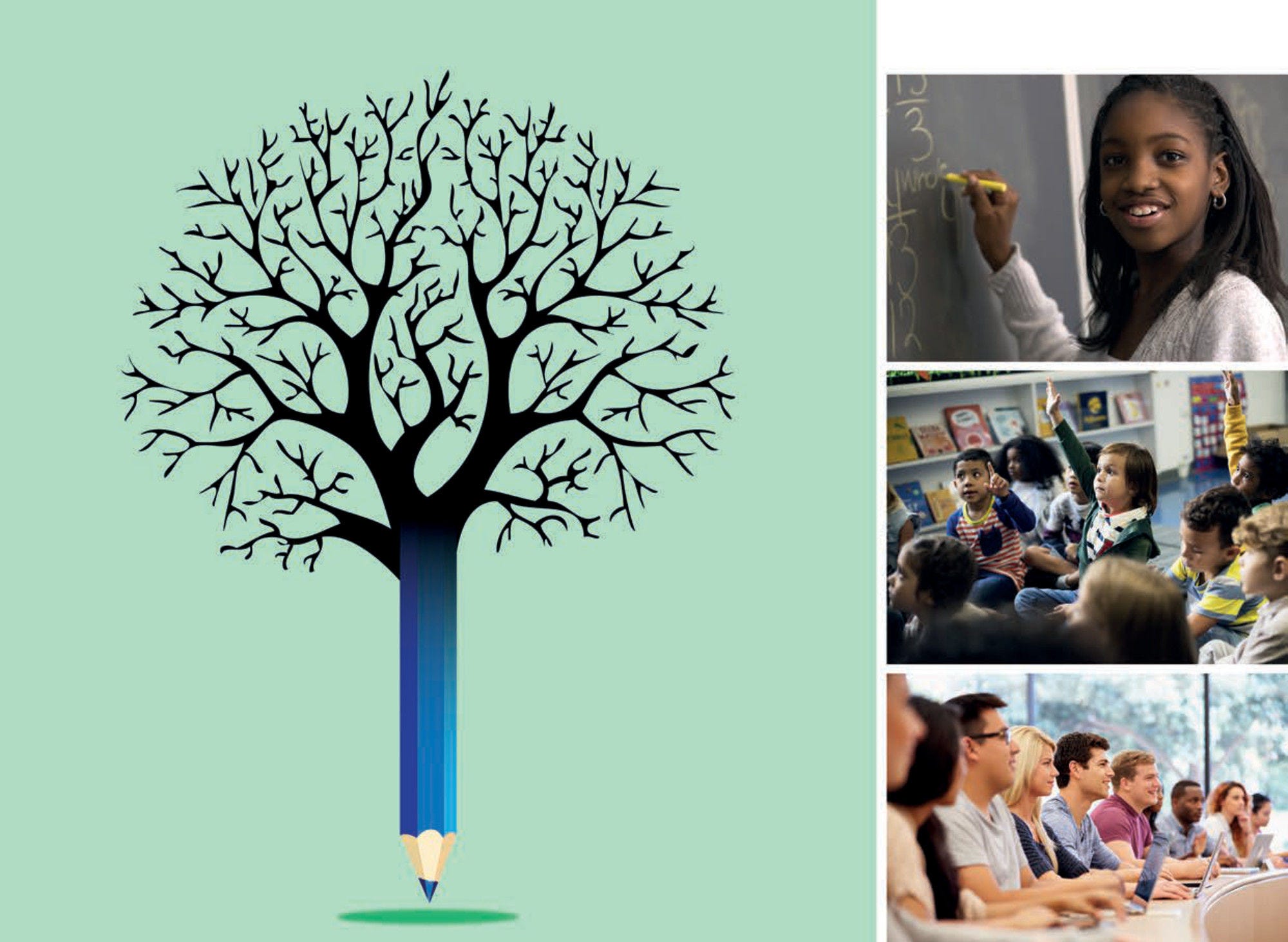Schools in France have less favourable disciplinary climates in science lessons than in other OECD countries, according to students’ reports in the Programme for International Student Assessment (PISA) 2015, with an index of disciplinary climate of -0.27 (the average index value was 0.00). However, student truancy in 2015 was below the OECD average: 10.8% of 15-year-olds reported skipping at least one day of school in the two weeks before the PISA 2015 test, compared to 19.7% on average. This being said, students in France were among those least likely to report that their science teachers adapt their instructions more frequently than the OECD average, with an index of adaptive instruction of -0.29 (the average index value was 0.01) (OECD, 2016[1]).
The PISA 2015 index of instructional educational leadership (measuring the frequency with which principals report doing leadership activities specifically related to instruction) was among the lowest in the OECD (-0.43 compared to 0.01) (OECD, 2016[1]). The proportion of lower secondary teachers in 2016 aged 50 or over in France was 30.5%, compared to an OECD average of 35.4%. In 2017, primary level teachers in France taught 900 hours, well above the OECD average of 784 hours. Conversely, lower secondary level teachers taught 684 hours, compared to an OECD average of 696 hours (OECD, 2018[2]). In PISA 2015, 73% of principals reported that the school has primary autonomy over curriculum, which was similar to the OECD average of 73.4% (OECD, 2016[1]).
In 2016, lower secondary education teachers in France earned 88% of the salary of a full-time, full-year worker with tertiary education, compared to the OECD average of 91% (OECD, 2016[1]). According to the OECD Teaching and Learning International Survey (TALIS) 2018, 74.4% of teachers in France said that if they could choose again, they would still become a teacher; this was lower than the OECD average of 75.6%. Furthermore, only 6.6% of teachers felt that the teaching profession was valued in society, compared to an OECD average of 25.8% in 2018 (OECD, 2019[3]).
According to school leaders’ reports in PISA 2015, school leaders in France are less likely than average to conduct self-evaluations of their schools (77.7% of students were in schools whose principal reported this, compared to the OECD average of 93.2%) and also less likely to undergo external evaluations of their schools (56.7% of students were in schools whose principal reported this, compared to the OECD average of 74.6%) (OECD, 2016[1]). However, teacher appraisal levels, as reported in the earlier cycle of TALIS 2013, were above average: 86.1% of teachers had reported then having received a teacher appraisal in the previous 12 months, compared to a TALIS average of 66.1% (OECD, 2014[4]).
The share of students enrolled in secondary schools whose principal reported in PISA 2015 that standardised tests are used to make decisions on students’ promotion or retention was 51%, compared to 31%, on average (OECD, 2016[1]). In 2017, the majority (63%) of responsibility for decisions regarding resource management (allocation and use of resources for teaching staff and principals) in France lay at the provincial or regional level and the remaining 38% at central level. In contrast, on average across OECD countries, decision making is distributed across various levels, with schools having the highest level of autonomy at 29%.
In 2015, annual expenditure per student in France at primary level was USD 7 395, which was below the OECD average of USD 8 631. At secondary level, France spent USD 11 747 per student, compared to the average of USD 10 010, and at tertiary level (including research and development), France spent USD 16 145 per student compared to USD 15 656. The proportion coming from private sources (including household expenditure, expenditure from other private entities and international sources) was below the OECD average (12.3% compared to 16.1%) (OECD, 2018[2]).
